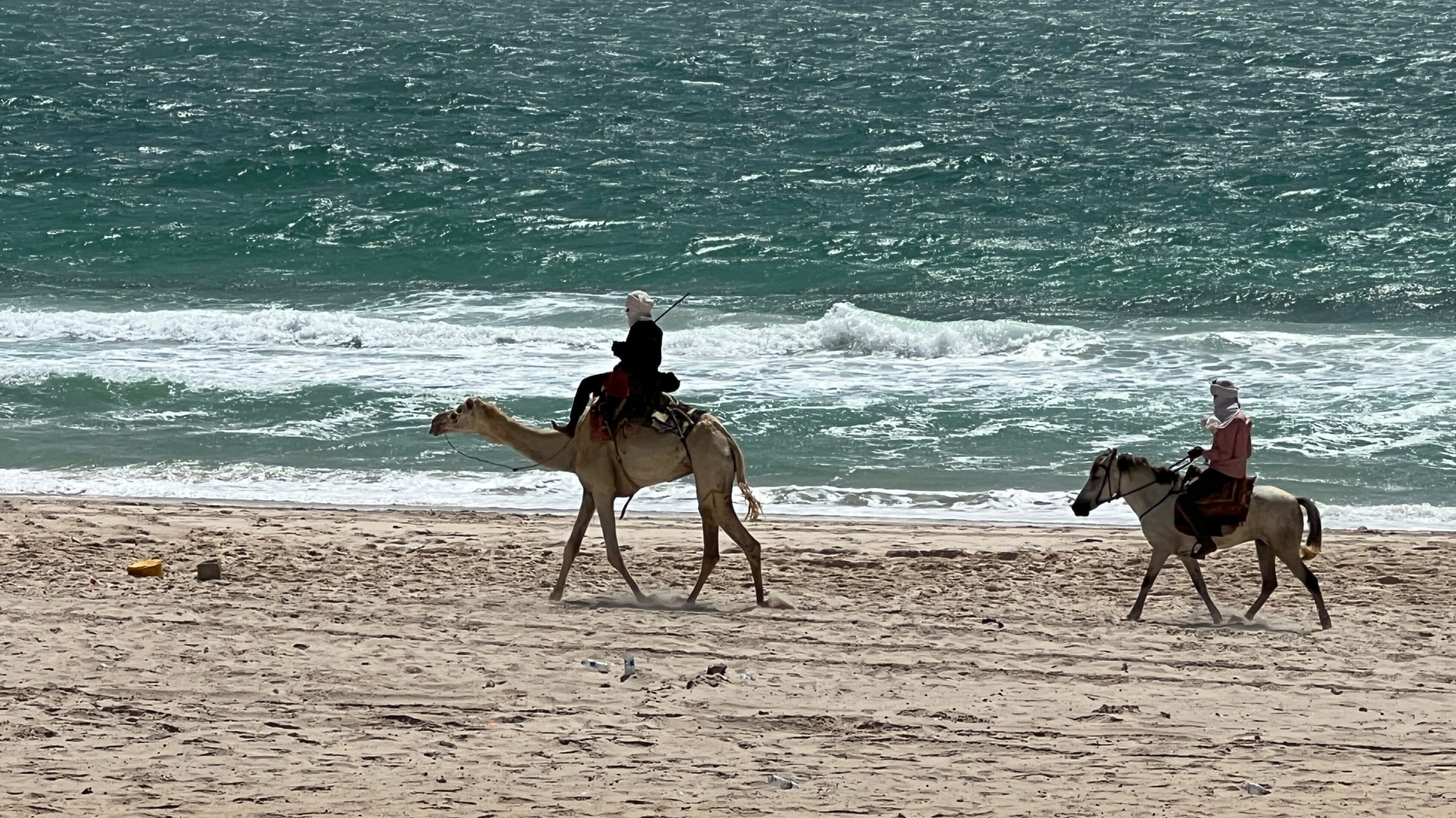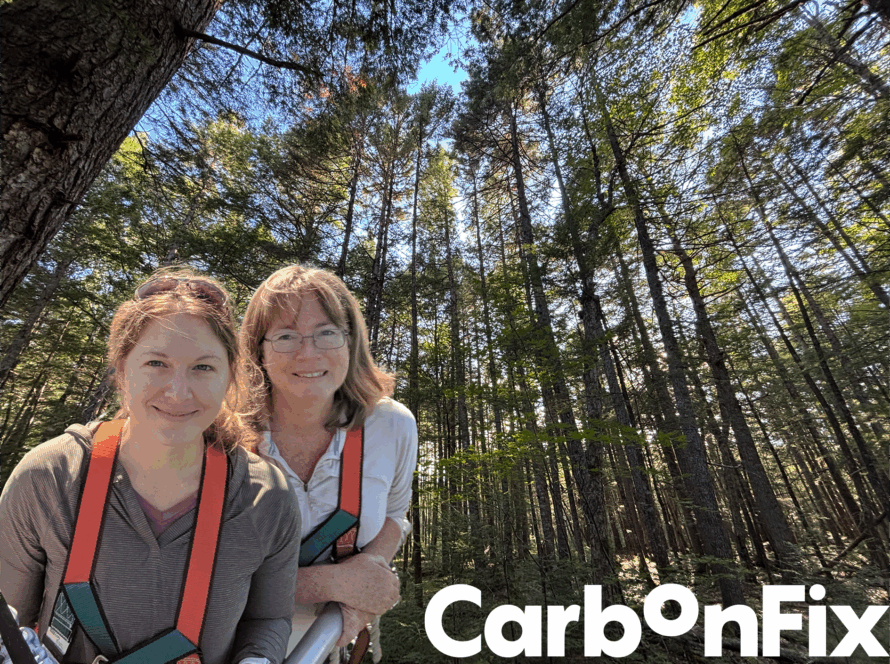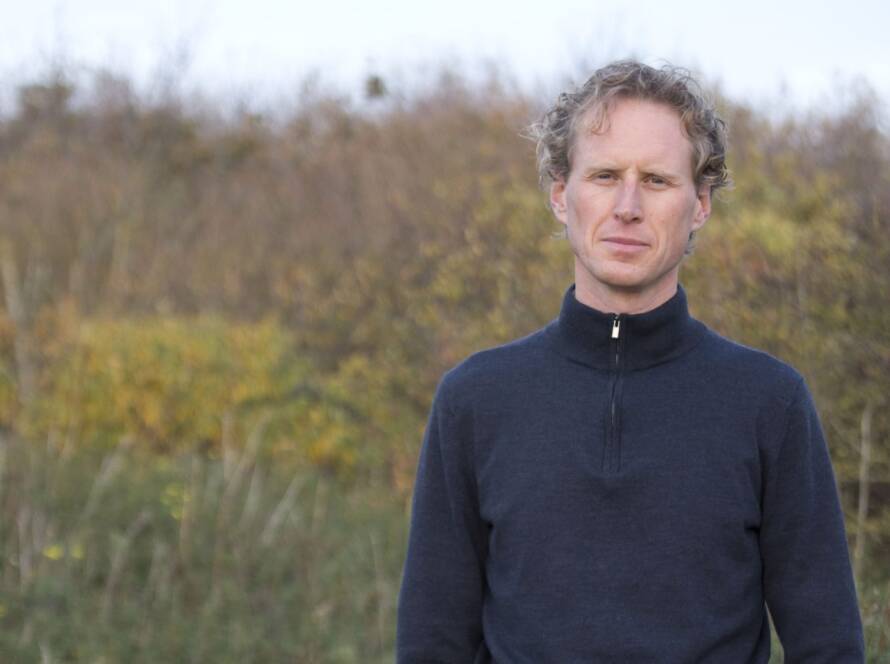All they needed was vast, empty land, a hot climate and access to seawater. They found it in Mauritania. Now, they are setting out to transform this arid landscape into a cutting-edge carbon capture site. By the next winter, they plan to launch a full-scale pilot covering 2 hectares, a mere prelude to their ambitious goal of sequestering 250,000 tons of carbon annually over 100 square kilometers within the next 3 to 4 years. They are Philip Andres and Taj Heer, their project is called Sahara Blue Carbon.
Enhancing weathering olivine
Philip Andrews is Irish and divides his time between Germany, Greenland, Bulgaria, and now Mauritania: “At the core of our project is enhanced weathering. The process involves grinding olivine, a magnesium-iron silicate that, when exposed to water, naturally and rapidly sequesters CO2. By spreading this over large areas near seawater in a hot climate, the process is significantly amplified, enabling substantial carbon capture without any adverse side effects. Mauritania offers the perfect conditions that Europe no longer can.”
The optimal algorithm
Taj Heer, a multi-entrepreneur in sustainable energy, infrastructure, and mobility, emphasizes the importance of regularly sampling and laboratory analyses: “The project’s success hinges on meticulous research and precise control of environmental variables. We collaborate closely with the University of Nouakchott, harnessing the expertise of local scientists. Testing is a non-negotiable aspect of the project. The use of state-of-the-art sensors and remote monitoring technologies allows our team to track every critical factor — particle size, water depth, salinity, temperature — to fine-tune the process. The goal is to develop the optimal algorithm for Seawater Carbon Sequestration in given environments, grounded in physical samples and laboratory analyses, not mere theoretical models.
Independent auditors
Transparency and accountability are central to Sahara Blue Carbon’s operations. To ensure the integrity and accuracy of their data, they engage independent auditors to verify their performance against global carbon reduction benchmarks. Regular, detailed reports are prepared for all stakeholders, from local communities to international partners, ensuring that the project’s contributions are both measurable and reliable.
Local innovation is central
The main goal is to capture as much CO2 as possible. However, as Taj notes, “We embrace a broader vision. Our team is committed to contributing to the region’s prosperity through job creation, shared infrastructure and climate education initiatives. The project is as much about social impact as it is about environmental innovation.”
32 years of flights Paris – Nouakchott
The Sahara Blue Carbon project aims to sequester 250,000 tons of CO2 annually. Or as Taj says: “An amount equivalent to removing approximately 54,000 cars from the road each year. Or eliminating the emissions from over 4000 transatlantic flights or 32 years’ worth of KLM – Air France flights between Paris and Nouakchott. This is not only an environmental breakthrough but also a significant liability offset opportunity for airline operators like KLM-Air France who are increasingly under pressure to reduce their carbon footprint.”
Often it’s just talk
“Everybody agrees on the climate problem,” according to Philip. He and Taj have more than 30 years of experience in starting, running, growing and leading the growth financing of scalable businesses. “But when it comes to putting people’s pounds and dollars where their mouth is, it’s all talk. With backing from partners like CarbonFix, the project is able to proceed with the necessary tests alongside local scientists. This is an investment with real potential— – not just for financial returns but for making a tangible impact on the planet.”
Taj: “We stand at the intersection of environmental stewardship and economic opportunity. With a clear vision, rigorous scientific approach, and commitment to local communities, this project offers a distinctive opportunity for those looking to invest in the future of our planet while addressing critical carbon liabilities faced by global industries.”




